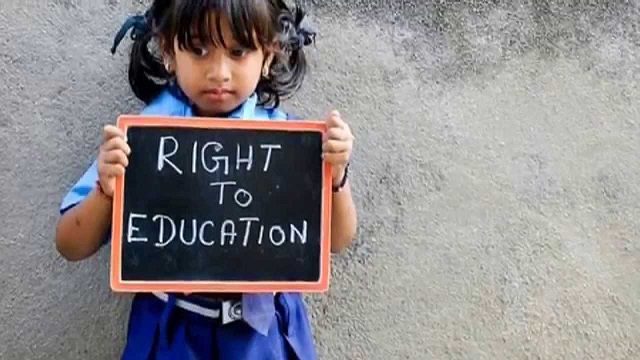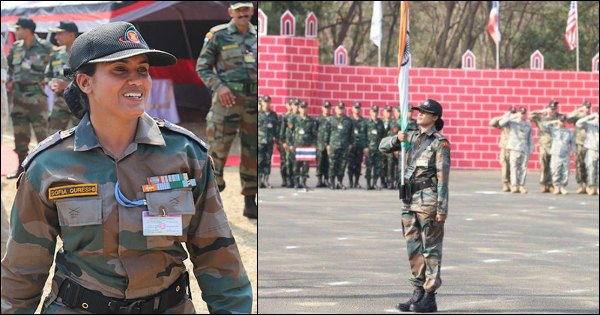It has been one hundred and seventy long years since Savitribai Phule and Jyotiba Phule established the first school for girls in Pune, India. Both of them worked for their entire lives to fight for the cause of girl’s education. Taking inspiration from them, lots of other thinkers and social reformers started working for educating the girl child. Their hard work saw fruits of success and girl’s education slowly started to flourish across the length and breadth of our country. In spite of that, India still cannot claim to have achieved a hundred percent success in the process. According to 2011 census, the rate of girl’s literacy is only 65%. While this is a combined figure of the entire country, the data from rural India is even more depressing. Where we have achievers like Sushma Swaraj, Priyanka Chopra, Indra Nooyi, Saina Nehwal, PV Sindhu etc, there are still some deep rooted problems and roadblocks which leads to carelessness regarding the education of girl child. We throw light on some of the factors below.

Poverty and huge education costs
Many of the families in India live below the poverty line. It is extremely difficult for families with an average monthly income of less than 3000 INR to feed the family and also pay for the education of the girl child. Usually, girls are sent to farms and factories along with their mothers to work and contribute to the family income. In families where there are boys, the preference for education is given completely to the boys. Boys are considered to support the parents in their old age. The girl has to get married and leave the house, so parents prefer saving the money for a girl’s marriage and dowry rather than her education.
Lack of higher education
In some internal areas good quality secondary education is not available. It is impossible for families in such cases to send their girls to stay at some different place and also pay for her education. According to the recent UNICEF survey, 47% of girls leave school after completing primary education in India. In many cases, even if schools are available, the quality of teaching is poor and private coaching has become a necessity. Parents cannot afford additional private coaching and are left with no choice but to stop the girl’s education.
Early marriages
As per the 2011 census, every one in three girls in India is married by the age of 18 and one in nine girls is married at the age of 15. Government of India has put forth many strict rules against child marriages. But most of the cases go unnoticed. Majority married girls are from poor rural families and do not have a proper birth record to cross check the age details. Also, the traditional and conservative mindset in many communities and castes is so deep rooted that it becomes impossible to completely eradicate this social evil. In such a scenario, the education of the girl is the most affected aspect.
Prejudices
India is a country of paradoxes. On one side we have extremely liberal and modern people who respect and adore women and support her throughout her life, but we also have some communities and families who think educating the girl is inauspicious. Many of them think that if they educate the girl, she will forget their culture and sit on their heads. There are many orthodox thoughts and rules about the woman’s ideal behavior and education is supposed to manipulate those thoughts. Also, the girls basic duty is considered to be getting married, taking care of the house and producing children. Owing to all these complications, girls are refused the basic right to education.
Safety
Every second day, the newspapers are filled with reports of innocent girls getting raped and molested. There have been cases where girls as small as three years have been raped and brutally killed. All around, parents are extremely worried about the safety of their child and want to keep them safe and “Pure” till the time she gets married. It is always considered harmless to just keep the daughter protected inside the house rather than leave her lose outside and become a victim at the hands of criminals. This thought directly translates to “no education”.
There are many other related issues which impact girl education like malnutrition, health conditions, absence of lady teachers, family traditions. Unless there is a huge level of transformation at the grass root level, this social evil will take ages to get eliminated.































